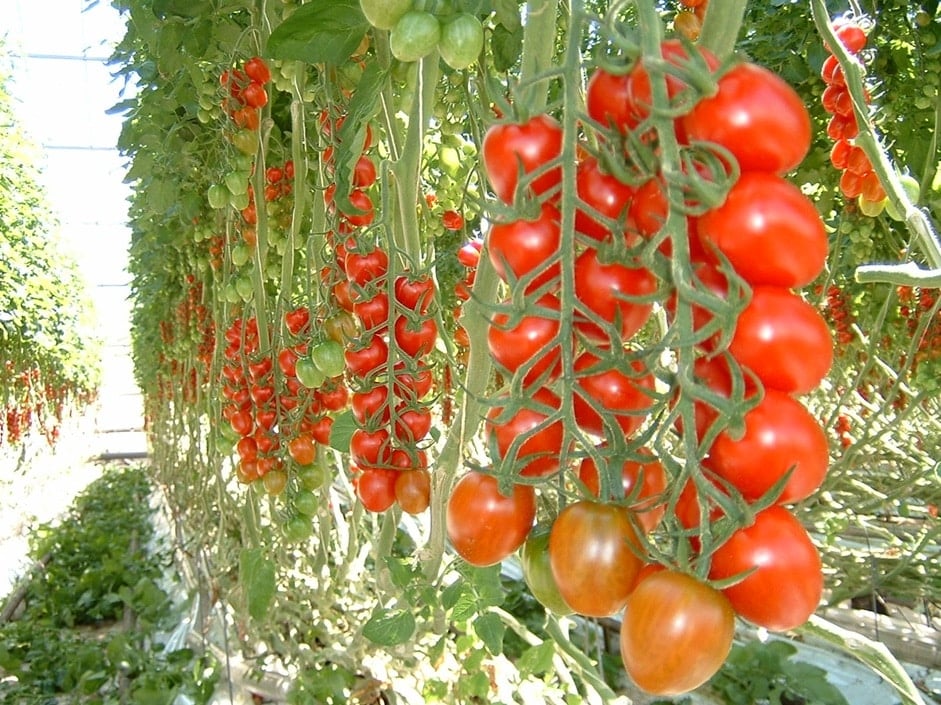Key Takeaways:
- A partnership between agricultural innovators and Fera focuses on improving tomato resilience to climate change.
- The project utilizes T6P technology and digital phenotyping to reduce the carbon footprint of UK food production.
- The British Tomato Growers’ Association (BTGA) will provide industry insights to guide the project.
- ADAS will model economic and carbon benefits across various scenarios.
A new collaboration between agricultural innovators and Fera has been announced. The project aims to improve tomato crop resilience to climate change and reduce the carbon footprint associated with food production in the UK.
Addressing Climate Change in Tomato Production
Tomato crops require specific temperature ranges for optimal growth, with daytime temperatures ideally between 21°C and 29.5°C, and nighttime temperatures between 18.5°C and 21°C. However, climate change is leading to more frequent and intense temperature extremes, as evidenced by the UK’s first 40°C day recorded in the summer of 2022. These conditions pose challenges for tomato producers, potentially impacting crop yields and supply stability.
Leveraging Advanced Technology
The project is centered on the use of T6P technology, a biostimulant designed to enhance crop resilience and productivity by supporting natural plant processes. Fera will use its digital phenotyping facility, which includes Phenospex PlantEye Technology, to analyze the impact of this biostimulant on tomato plants. Through 3-D scans, the response of treated and untreated plants under stress conditions will be compared, allowing for detailed evaluation of the biostimulant’s effectiveness.
Collaboration with Industry Stakeholders
The British Tomato Growers’ Association (BTGA) will participate as a Knowledge Exchange Champion, ensuring that the project aligns with the needs of UK tomato producers. BTGA’s involvement will help tailor the project’s outcomes to the real-world challenges faced by the industry.
Additionally, ADAS, an agricultural consultancy, will model the economic and carbon benefits of the biostimulant across three different end-user scenarios. This analysis will provide insights into the broader impact of the project on sustainability and economic viability within the sector.



1 Comment